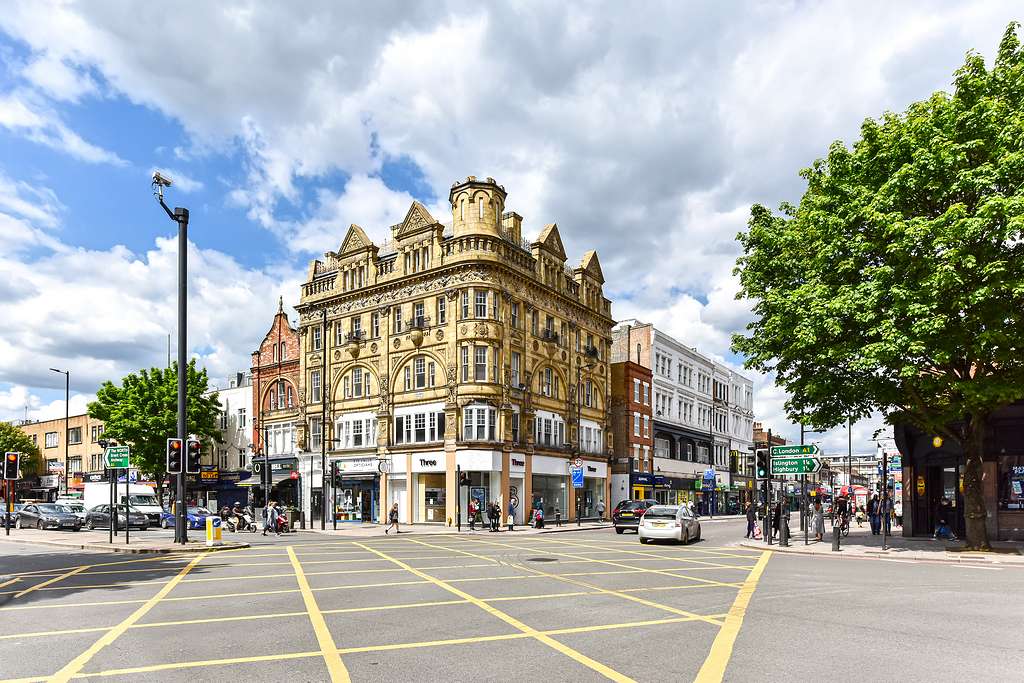Metamorphosis Unveiled: Decoding Islington Nag’s Head Change of Use
Introduction: In the pulsating heart of Islington, where the beat of urban life thrums most vibrantly, a profound transformation is underway. The concept of change of use, a dynamic term synonymous with the perpetual evolution of cityscapes, has become a focal point of intrigue within the eclectic enclave of Nag’s Head. As the community navigates the intricacies of reshaping spaces to meet shifting demands, the Islington Change of Use emerges as a captivating narrative of reinvention.
Unveiling the Essence of Change of Use: Change of use, a multifaceted phenomenon, encapsulates the essence of adaptive urbanism, where the architectural canvas of yesteryears finds itself splashed with the hues of modernity and innovation.
Historical Tapestry: The Nag’s Head, adorned with the threads of a storied past, weaves tales of commerce, culture, and conviviality. Once a bustling marketplace, its narrative arc now bends towards a new chapter, shaped by the winds of change and the aspirations of a dynamic populace.
A Mosaic of Applications: Within the Nag’s Head precinct, the metamorphosis facilitated by change of use paints a kaleidoscopic panorama of possibilities. Retail spaces morph into creative ateliers, warehouses metamorphose into collaborative hubs, and erstwhile industrial edifices embrace a new life as residential sanctuaries. This adaptive flux not only fosters innovation but also infuses the neighborhood with a palpable sense of vitality.
Community Reverberations: Central to the Islington Nag’s Head Change of Use narrative is its resonance within the community fabric. As spaces undergo a metamorphic renaissance, there arises an opportune moment to nurture inclusivity, accessibility, and cultural enrichment. Through collaborative endeavors, stakeholders can forge pathways that ensure change is not only progressive but also resonates harmoniously with the community ethos.
Navigating the Labyrinth of Regulations: Yet, amidst the fervor of transformation, lies the labyrinth of regulatory frameworks and planning protocols. Here, local authorities tread a delicate tightrope, balancing the imperatives of heritage preservation with the imperatives of urban renewal. Transparent dialogue and strategic foresight emerge as guiding stars, ensuring that change of use initiatives coalesce seamlessly with the overarching vision for Islington’s Nag’s Head.
Embracing Challenges, Embracing Opportunities: The Islington Nag’s Head Change of Use saga is rife with challenges and opportunities, akin to the ebb and flow of a ceaseless tide. Challenges, such as safeguarding architectural legacies and mitigating displacement, stand juxtaposed with the promise of economic rejuvenation, cultural dynamism, and communal resilience.
Conclusion: In summation, the Islington Nag’s Head Change of Use narrative is an ode to the transformative spirit of urban evolution. As the old gives way to the new, the landscape of this enigmatic neighborhood undergoes a metamorphic dance, choreographed by the aspirations and endeavors of its denizens. By embracing change with vision, collaboration, and a steadfast commitment to community welfare, stakeholders can unfurl the full tapestry of possibilities within Islington’s Nag’s Head, ensuring that it remains an enduring emblem of innovation, diversity, and vibrancy for epochs to come.





